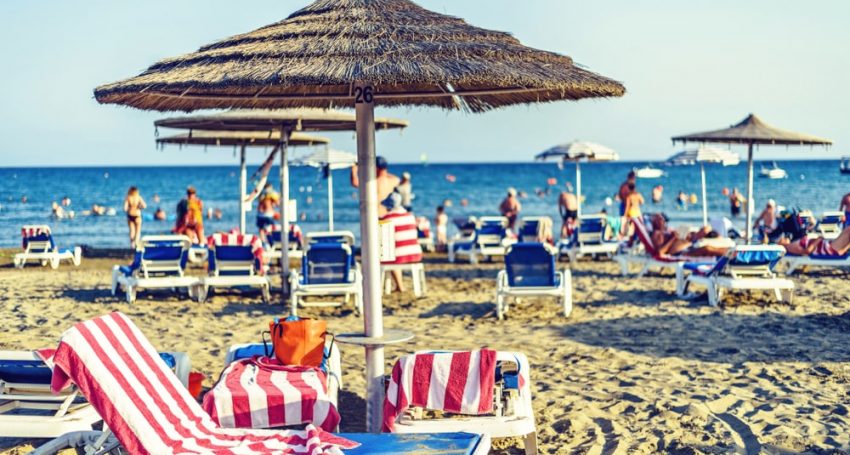Cyprus announced a new assistance package for businesses and employees on Wednesday, which is oriented towards helping the tourism sector survive the impact of the coronavirus pandemic crisis.
Details of the scheme were jointly presented by Minister of Labour, Welfare and Social Insurance Zeta Emilianidou, and Minister of Finance Constantinos Petrides, who called the current phase of the economy one of recovery.
Petrides said that under the scheme, the government will add 150 million euros (168 million U.S. dollars) to its two previous schemes, raising the total amount of grants to businesses and employees to 1.2 billion euros, or close to 5.6 percent of the gross domestic product (GDP).
He added that the government also provided liquidity assistance amounting to 1.7 billion euros.
He said the money will be paid directly to hoteliers and owners of other tourist accommodation who will agree not to lay off any of their staff and continue paying their salaries.
Emilainidou said that in order to become eligible to benefit under the scheme, hotels need to offer attractive packages for local vacations to the population.
The scheme will apply until Oct. 12, when the tourist industry is expected to have generated enough income to stand on its own feet.
Similar grants will also be given to other tourism-related businesses, such as car rentals and restaurants.
Other beneficiaries of the current scheme are businesses that either remained totally closed during the pandemic–such as night clubs, theaters and cinemas — or will not resume operation at all.
In a speech to a Cyprus-Greece conference on tourism, Deputy Minister for Tourism Savvas Perdios said that he expected only 30 percent of last year’s total number of 4 million tourists to visit Cyprus by the end of 2020.
“It will be the most difficult year for Cyprus tourism and everything depends on the epidemiological situation, not only on the island, but also in the countries which are the main source of tourism,” Perdios said.
He added that it would be a success if 50 percent of tourists come from the traditional markets of Britain and Russia, 35 percent from second-line countries, such as Germany, Greece, Israel and the Scandinavian countries, with the remaining 15 percent coming from the local population.
Source: Famagusta-gazette



